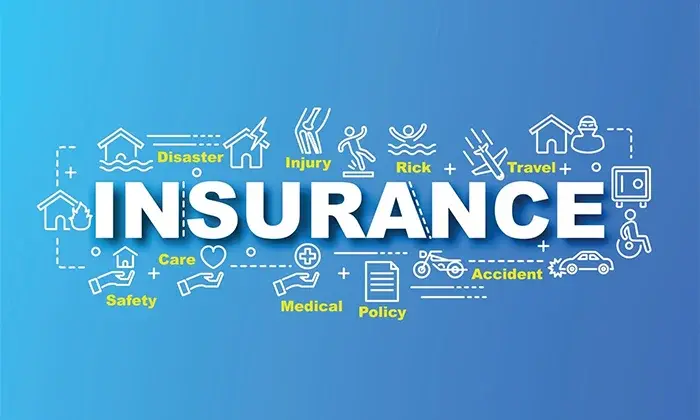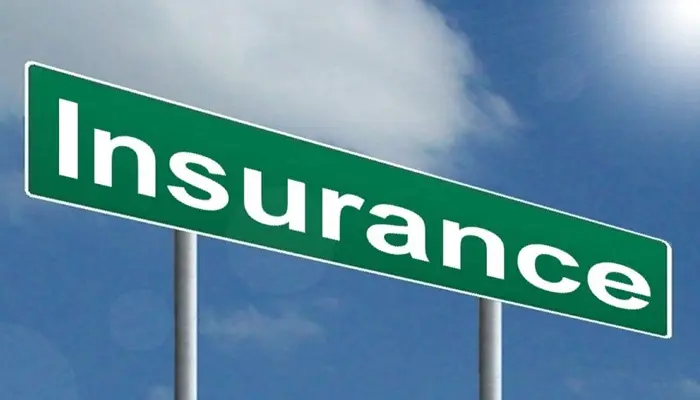Insurance is an essential part of managing risk, whether it’s auto, health, life, or home insurance. Knowing that your insurance is active gives you peace of mind, ensuring that you are covered in case of an emergency. However, it can sometimes be challenging to verify whether your policy is truly active, especially with the variety of insurance types available and different policy providers.
In this article, we will guide you through the steps you can take to confirm whether your insurance is active. We will break down the process in an easy-to-understand manner, offering insights into how to verify your coverage, what to check in your policy documents, and how to resolve issues if your coverage isn’t active.
Understanding Insurance Policies
Before diving into how to verify whether your insurance is active, it’s helpful to understand the key components of an insurance policy. Each insurance policy includes important details about your coverage, and this information will guide you in knowing what to look for.
An insurance policy typically contains the following key elements:
Policyholder information: Your name and contact details.
Insurance provider: The company offering the insurance.
Coverage type: The specific type of insurance coverage (e.g., auto, health, home).
Policy number: A unique number assigned to your insurance policy for identification purposes.
Effective dates: The start and end dates of your coverage.
Premiums: The amount you pay for coverage, often monthly or annually.
Coverage limits: The maximum amount the insurer will pay out under certain circumstances.
By knowing where to find these details in your policy, you can more easily determine if your insurance is active and if it covers the risks you need it to.
Why It’s Important to Know If Your Insurance Is Active
There are many reasons why confirming the status of your insurance is crucial:
Financial protection: An inactive insurance policy leaves you vulnerable to significant financial loss, whether it’s due to an accident, medical emergency, or property damage.
Legal requirements: Certain types of insurance, such as auto insurance, are legally required in many countries. Failing to maintain active insurance can result in fines, penalties, or legal issues.
Peace of mind: Knowing that your insurance is active ensures that you can go about your daily life without worrying about being unprotected if something goes wrong.
To make sure your insurance is active, it’s important to regularly check on the status of your policy and be aware of any potential issues that could lead to a lapse in coverage.
Step 1: Review Your Insurance Documents
The first step in determining whether your insurance is active is to review your insurance documents. These include your policy declaration page, proof of insurance card, and any communications from your insurer.
Key Documents to Review
Policy Declaration Page: This page outlines your coverage details, including the effective dates, coverage limits, and premium information. If your policy is active, the effective date will be listed and should indicate that your coverage is current.
Proof of Insurance: Your insurer may provide proof of insurance in the form of a card, letter, or digital certificate. This document serves as evidence that your coverage is in place, and it should include your policy number, insurer details, and the effective dates of your coverage.
Policy Renewal Notice: If your policy is nearing its renewal date, your insurance provider will typically send a notice confirming the renewal. This notice can also help you verify if your policy is still active.
By checking these documents, you can confirm the details of your coverage, including the period of validity. If the dates listed on these documents have passed, you may need to take further steps to verify your coverage.
Step 2: Check Your Payment Status
One of the most common reasons for insurance lapses is missed payments. If you haven’t paid your premiums on time, your coverage may be inactive.
To ensure your insurance is active, check the following:
Payment History
Automatic Payments: If you have set up automatic payments for your insurance premiums, verify that they have been processed successfully. If you have missed payments or if your payment method is outdated, this could result in a lapse in coverage.
Payment Confirmation: Review your bank or credit card statements for payment confirmation. If you paid manually, ensure that the insurance company acknowledges receipt of payment. Many insurers will send an email or letter confirming that your payment was received and that your coverage continues.
Payment Schedule: Double-check your payment schedule to ensure you’re not overlooking an upcoming payment. If your payment is due soon, make sure to pay it on time to avoid a lapse in coverage.
If you find any issues with payment, such as missed or delayed payments, you may need to contact your insurer to resolve the matter and reactivate your policy.
Step 3: Contact Your Insurance Provider
If you are unsure about the status of your insurance or if your documents are unclear, the next step is to contact your insurance provider directly. Insurance companies are generally accessible by phone, email, or through online customer portals.
Information to Have Ready
When contacting your insurer, have the following information ready:
Policy number: This helps the insurer locate your policy quickly.
Personal details: Your name, address, and contact information.
Payment information: Any relevant payment details, such as payment dates and amounts, in case there are issues with your payments.
Questions to Ask Your Insurer
When speaking with a customer service representative or agent, ask them to confirm the status of your policy. Some key questions to ask include:
- Is my policy active?
- Has my payment been received?
- Are there any issues with my coverage or account?
- What are my current coverage limits and effective dates?
The insurance company should be able to provide a clear answer regarding your coverage status. If there are any issues, they should inform you of the next steps to resolve them.
Step 4: Check Your Insurance Policy Online (If Available)
Many insurance companies now offer online portals or mobile apps where policyholders can check the status of their coverage in real-time. If your insurer provides this service, logging into your account can give you instant access to important information about your insurance policy.
Online Features
View policy details: You can review your policy’s terms, effective dates, and coverage limits.
Payment history: View your payment status, including whether your last premium payment was received.
Active status: Check if your policy is marked as active or if any payments are overdue.
If your insurer has an online portal, this can be one of the quickest ways to verify whether your insurance is active.
Step 5: Request a Copy of Your Insurance Card
If you are still unsure whether your insurance is active, request a new or updated insurance card from your provider. Insurance cards contain essential details about your coverage, including the policy number, effective dates, and the insurer’s contact information.
Having an up-to-date insurance card is not only a good way to confirm your insurance status but also essential for when you need to show proof of coverage, such as during an accident or when required by law.
Step 6: Monitor for Any Notifications from Your Insurer
Most insurance companies will notify you if there are issues with your coverage, such as missed payments, changes to your policy, or upcoming renewals. These notifications can arrive by mail, email, or phone.
Pay attention to the following types of notifications:
Payment reminders: If your payment is overdue, the insurer will typically send you a reminder.
Renewal notices: Your insurer may send you a notice if your policy is about to expire or if it’s time to renew.
Policy changes: If your insurer makes any changes to your coverage or premiums, they should notify you in advance.
By keeping an eye on these notifications, you can stay informed about your policy status and avoid unexpected lapses in coverage.
Step 7: Seek Professional Help If Necessary
If you continue to face difficulties determining whether your insurance is active, or if your insurer is not providing clear information, it may be worthwhile to seek the help of a professional. This could include:
Insurance brokers: Insurance brokers work with multiple insurers and can help clarify any issues regarding your policy or insurance coverage.
Legal assistance: In rare cases, if there is a dispute with your insurance company regarding the status of your coverage, seeking legal advice may help resolve the issue.
Conclusion
Ensuring that your insurance is active is essential for protecting your financial well-being and ensuring compliance with legal requirements. By following the steps outlined in this article, including reviewing your insurance documents, checking payment history, contacting your insurer, and utilizing online tools, you can verify whether your coverage is active.
Always stay on top of your payments and keep your insurer informed about any changes. By doing so, you can ensure that you are covered and that your policy remains active when you need it most.
Related topics:



























